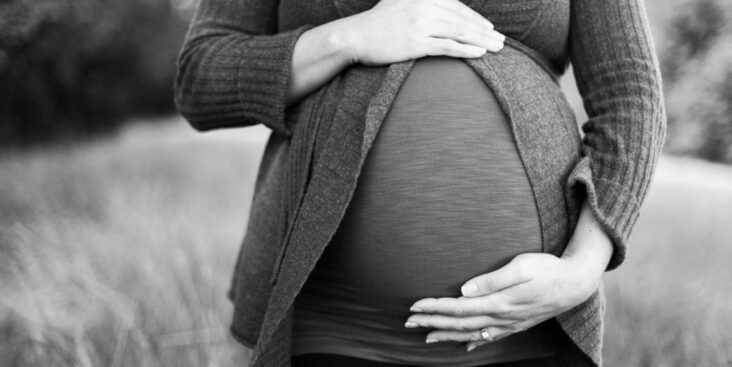Efforts underway to reduce Arkansas’ high maternal mortality rate
by June 6, 2023 6:45 pm 2,116 views

Arkansas leads the nation in maternal mortality rates although nearly every state in the union struggles with the issue. However, a review committee that is raising visibility and eyeing policy changes believes the trend can be reversed.
According to the most recent statistics assembled from 2018-2020, Arkansas averages 40 maternal deaths per 100,000 births, ranking the state 50th among 50 states.
Dr. Nirvana Manning, chair of obstetrics and gynecology at UAMS, said southern states are particularly vulnerable in this area for a variety of reasons with access being crucial.
“We’re not unique in that,” Manning said on this week’s edition of Talk Business & Politics and Capitol View. “I wish there was just one thing, and we could say, ‘We fix this, and it will all get better,’ but there are a lot of issues, and with our state that I love, access is hard.
“We have so many corners of our state that have little to no access to care at all. At the beginning of the pandemic, we had 39 delivering hospitals. By 18 months into the pandemic, we now have 37. These are access points throughout our state. So every one of those hospitals that close is patients that can’t get to that area,” she added.
Olivia Walton, chair of the Crystal Bridges Museum of American Art, a founder of Heartland Forward, and a mother of three young children, has lent her influence to the cause. She said it’s a statistic that can be and must be improved.
“I think there’s a huge opportunity for telehealth to be part of the solution,” said Walton, who appeared with Manning in the interview. “We’re working on that at Heartland Forward, as well, trying to expand access to affordable broadband across the state.”
“So there’s great opportunity, but maybe the bigger opportunity is really in some of the workforce training. There are some providers in rural, like community healthcare workers. We can train up more doulas. We can train up more midwives. There are several pieces on the ladder of care that could be accessible to women that we can just make a couple tweaks with training and reimbursement and really just open up a whole different level of care to women across the state, no matter where they live,” Walton added.
In the last legislative session, an initiative that stalled in a House committee would have utilized the state’s Medicaid expansion program to allow women 12 months of postpartum care versus just eight weeks. The state’s tab for this program was $1.8 million with the feds picking up the remainder of the funding.
Walton said this one initiative could have a huge impact for reducing maternal mortality.
“I think that is the number one thing we need to do as a state right now, is to expand Medicaid coverage for that postpartum period, expand it from 60 days to the full year. Fifty percent of births in our state are Medicaid births, and we know that almost half of those deaths from complications from birth happen after 43 days. So it’s a really critical window,” she said.
Manning also said that the state’s overall health statistics is a problem with maternal mortality.
“The acuity of the patients that we have seen – and I’ve been practicing now for close to 17 years in our state – the acuity from when I started my residency, and by that I mean the incidence of diabetes, hypertension, obesity in our state, has increased dramatically. Those significantly affect a pregnancy,” Manning said.
“As we sit on this maternal mortality review committee, we kind of break down those things, and you can see the things that rise to the top, and many of them are absolutely, as you said, preexisting conditions that if we could have optimized in a better way before they even got into pregnancy, we wouldn’t be behind the eight ball nearly as much,” she added.
You can watch Manning’s and Walton’s full interview in the video below.
